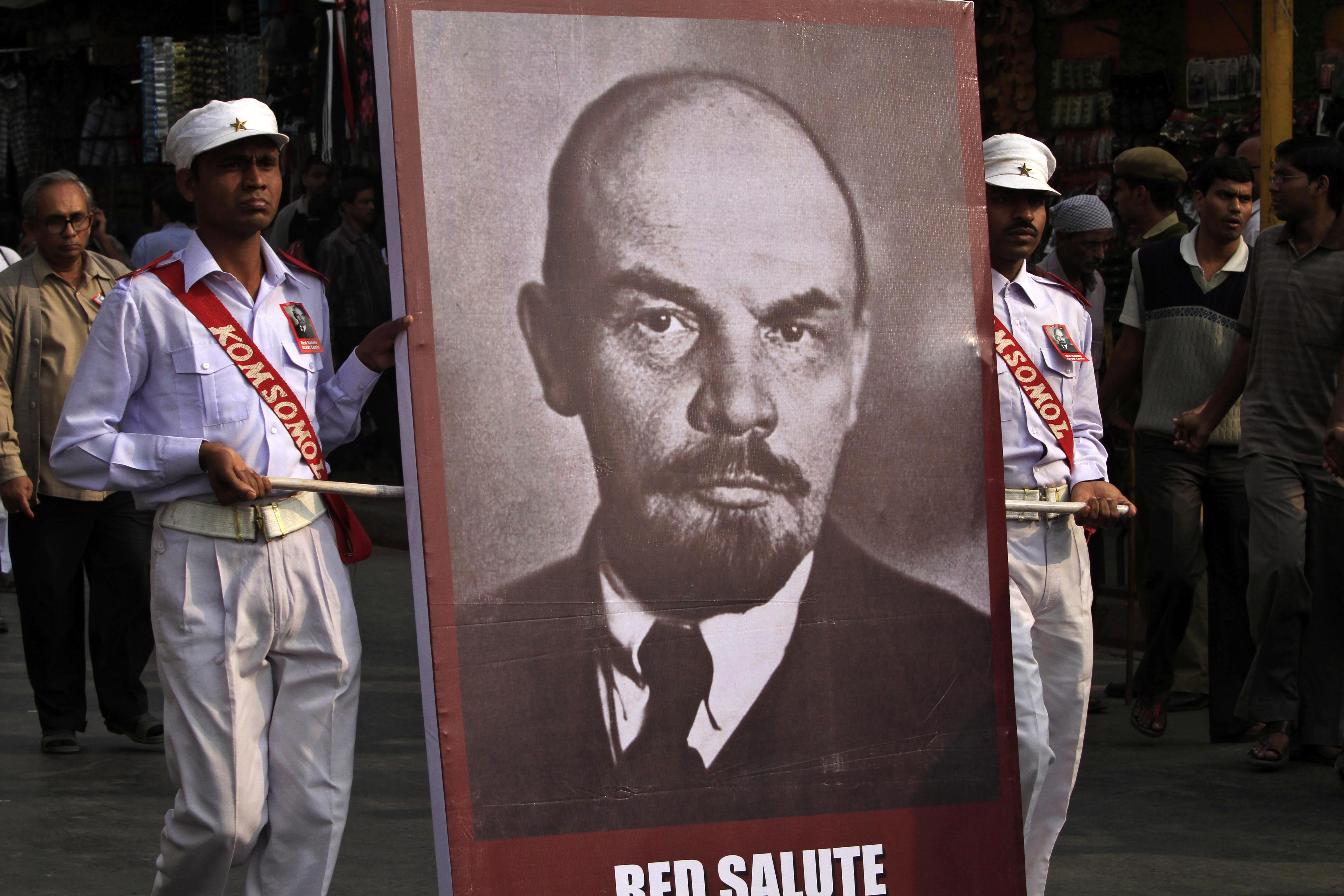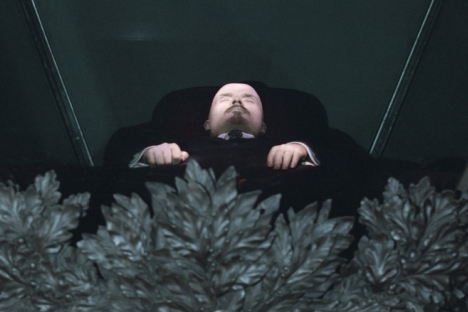Lenin lives! 3 Indian cities with statues of the Russian revolutionary

Vladimir Lenin has a significant number of fans in India.
APLenin statues, squares and streets are common in Russia and many former Soviet republics. Moscow still has 82 statues of the great revolutionary who was a founding father of the Soviet Union.
India, however, has less than a handful of major monuments dedicated to Vladimir Lenin. It is possible to see posters with Lenin’s photo in states that have or have had communist governments such as Kerala and Tripura, but there are a couple of unusual suspects. RB looks at three cities in India that have a large Lenin statue.
Delhi
The Indian capital is one of the few cities in the country that celebrates international heroes, with several streets named after foreign revolutionaries, artists and writers. Tolstoy Marg, named after Russian writer and philosopher Leo Tolstoy, is in the heart of Delhi. The capital’s lesser-known Russian connection is a statue of Vladimir Lenin in Nehru Park.
The 2.7-metre high bronze statue was erected in November 1987, when the Soviet Union marked its 70th year of existence. The statue was unveiled by Mikhail Gorbachev and Rajiv Gandhi after they attended a performance of the Bolshoi Ballet at the Jawaharlal Nehru stadium, according to Mayank Austen Soofi.
Apparently, a metal plaque that commemorated the unveiling of the statue disappeared. The Soviet leader stands on a large slab where his last name is written in Hindi and English. Nehru Park is fairly well maintained and the statue is a now a popular spot for selfies for millennials.
Every year on April 22, communists converge near the statue to celebrate Lenin’s birth anniversary.
The Communist Party of India headquarters in Delhi (AKG Bhavan) also has a large bust of Lenin.
Kolkata
The bastion of the Indian left for 34 years, many residents of the city are proud of its communist heritage, calling Kolkata the Havana of the East! At the height of the Vietnam War, the street which housed the U.S Consulate was renamed Ho Chi Minh Sarani. This was an obvious (and successful) attempt to irk the United States, which had to print the name of its foes on all official stationery.
In 1969, Dharamatala Street, which is in the city centre, was renamed Lenin Sarani. A year later, a 2-metre high Lenin statue was erected to mark the centenary of his birth. The statue is almost hidden away in the northeast corner of the Esplanade.
“With a playful sense of humour, it (the United Front government in West Bengal) changed Harrington Street (which contains the United States Consulate) into Ho Chi Minh Street, and surpassed even this masterstroke a bit later when the Russians offered Calcutta a bronze statue of Lenin to celebrate the centenary of his birth,” Geoffrey Moorhouse wrote in his book ‘Calcutta.’ “It cost the city Rs 40,000 to mount alongside the tram terminus at the top of the Maidan, but there it now stands, gazing down the new Lenin Sarani upon a plinth which was placed in the centre of a small public garden dedicated to Lord Curzon.”
In November 2016, a group of over 500 communists converged near the square to pay tribute to the revolutionary and begin preparations for the 100th anniversary of the October (Bolshevik) Revolution, which will be marked worldwide in 2017.
Several smaller busts can be seen in different parts of Kolkata.
Vijayawada
This city of less than a million inhabitants in Andhra Pradesh also has a 2-metre tall bronze Lenin statue. In Vijayawada, Lenin stands on a large column with an outstretched right hand calling for a revolution. The monument was unveiled in the early 1980s, and is garlanded each year on Lenin’s birth and death anniversaries. The square is also a venue for May Day celebrations.
Vijayawada was a hometown for the Communist movement in the state of Andhra Pradesh and produced more than its fair share of left-leaning leaders. It also has statues of Marx and Engels, and a road named after them. In fact, when the city was upgraded to a municipal corporation in 1981, ardent communist T. Venkateshwara Rao became its first mayor. It was Rao, who took the initiative to have a Lenin monument installed in the city.
The area around the Lenin statue is called the Lenin Centre and is one of the city’s best-known landmarks. The neighbourhood is lined with street-side book vendors and shops selling rare second hand English and Telugu books. The collection ranges from books about communism to older Russian classics and books once sold in India by Raduga publications to more contemporary literature. However, shopkeepers say the biggest demand is for engineering textbooks and GRE and GMAT guides, clearly demonstrating the fact that the youth of the city no longer find communism appealing, and instead, aspire for a future in the capitalistic West.
There is also a flower market in the vicinity, making it easier for those who want to garland the great communist revolutionary.
All rights reserved by Rossiyskaya Gazeta.
Subscribe
to our newsletter!
Get the week's best stories straight to your inbox
